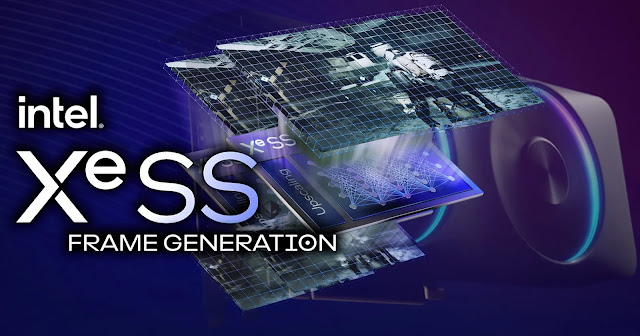Intel is gearing up for the release of ExtraSS, its forthcoming official AI Frame Generation technology. Positioned as a contender against Nvidia's DLSS 3 and AMD's FSR 3, both recognized for their AI-driven enhancements in PC gaming performance, Intel aims to carve its space with the introduction of ExtraSS, a technology that works in tandem with its existing XeSS upscaling.
While DLSS and FSR primarily focus on image quality promotion, Intel's ExtraSS is set to introduce a unique dimension to the landscape by concentrating on 'frame extrapolation.' Despite currently lacking frame generation technology, Intel has recently showcased ExtraSS at SISSGRAPH Asia 2023, suggesting that this gap in their offerings may soon be filled.
Functioning similarly to DLSS 3 and FSR 3, ExtraSS combines spatial supersampling and frame extrapolation to amplify real-time rendering performance, as outlined in the research paper. Activation of ExtraSS, like its counterparts, triggers image upscaling through XeSS and simultaneous engagement of frame generation features.
The concept of 'Frame Generation,' regardless of the manufacturer (Nvidia, AMD, or Intel), revolves around utilizing existing information to artificially generate new frames through AI. The potential impact on performance is significant, potentially doubling the average FPS from 50–60 to over 100-120.
Noteworthy is Intel's choice of extrapolation over interpolation for frame generation, differentiating it from Nvidia DLSS 3 and AMD FSR 3. While extrapolation is acknowledged for having 'less latency,' Intel acknowledges challenges in specific areas due to 'lacking information from input frames.'
In response, Intel is proposing a method to enhance the quality and reduce latency, aspiring to surpass current interpolation-based FG technologies. If successful, Intel's ExtraSS could outperform existing technologies, and its hardware agnostic nature ensures compatibility with GPUs from Nvidia and AMD.







0 Comments